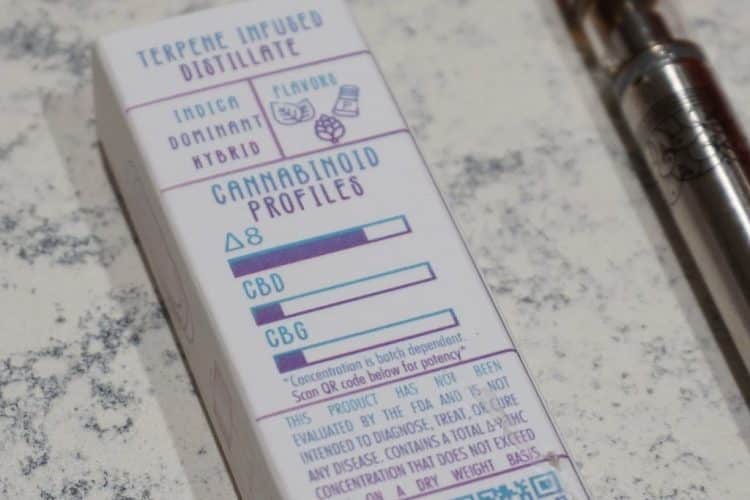Consumer interest in delta-8-tetrahydrocannabinol (THC) remains high. However, many regulators and health officials across the country believe that the cannabinoid poses a public safety risk.
“My concern is that we have no idea what these products are,” Christopher Hudalla, president and chief scientific officer of ProVerde Laboratories, told Chemical & Engineering News. “So far, I have not seen one that I would consider a legitimate delta-8-THC product.”
Most delta-8 products sold in the U.S. are not subject to the same testing requirements and regulations as typical delta-9-THC products. This is because delta-8 (and delta-9) can be derived from federally legal hemp and the cannabidiol (CBD) therein.
Questions about delta-8’s safety center around the unregulated market. Anyone can sell delta-8 in most states, and there’s no guarantee that the product will be labeled correctly.
Delta-8-THC is surging in popularity, but it’s not the only cannabinoid chemists can create in a lab. For example, using chromatography with ultraviolet or mass spectrometry detection, scientists tested delta-8 products on the market. They determined that while there was usually delta-8-THC present, they also detected the presence of other, lesser-known compounds like delta-10-THC.
It’s not necessarily the actual cannabinoids that pose the safety risks, and time combined with scientific investigation will determine whether that holds true. Rather, it’s the chemical processes used in creating the cannabinoids, as well as byproducts that can be formed, that cause distress.
“I’m less concerned with traditional THC isomers than I am of the ubiquitous unknowns,” says Michael Coffin, chief scientist at cannabis manufacturing firm Elevation Distro, in the Chemical & Engineering News article.
“Delta-8, delta-9, and even delta-10 don’t seem to have any ill effects on people that we know of at this point… But a lot of people are doing a poor job of cleaning up their reaction products.”
The reason why this is important is that it takes chemical reactions to create or synthesize these THC isomers. For example, a strong acid can be used to transform CBD into delta-9- and delta-8-THC, but these reactions are not perfect, and are highly dependent on the conditions used. Chromatographic methods like supercritical fluid chromatography can clean up impurities in the samples, thereby refining end products before they reach consumers.
For many, the problems with delta-8 and other derived cannabinoids could be solved by simple regulations. In Oregon, for example, delta-8 products must be sold through the state’s legal cannabis market. This forces delta-8 manufacturers to comply with stricter rules, and ensures that the products are subjected to the same lab testing required for other cannabis products.
Image source: elsaolofsson, CC BY 2.0 via Wikimedia Commons












